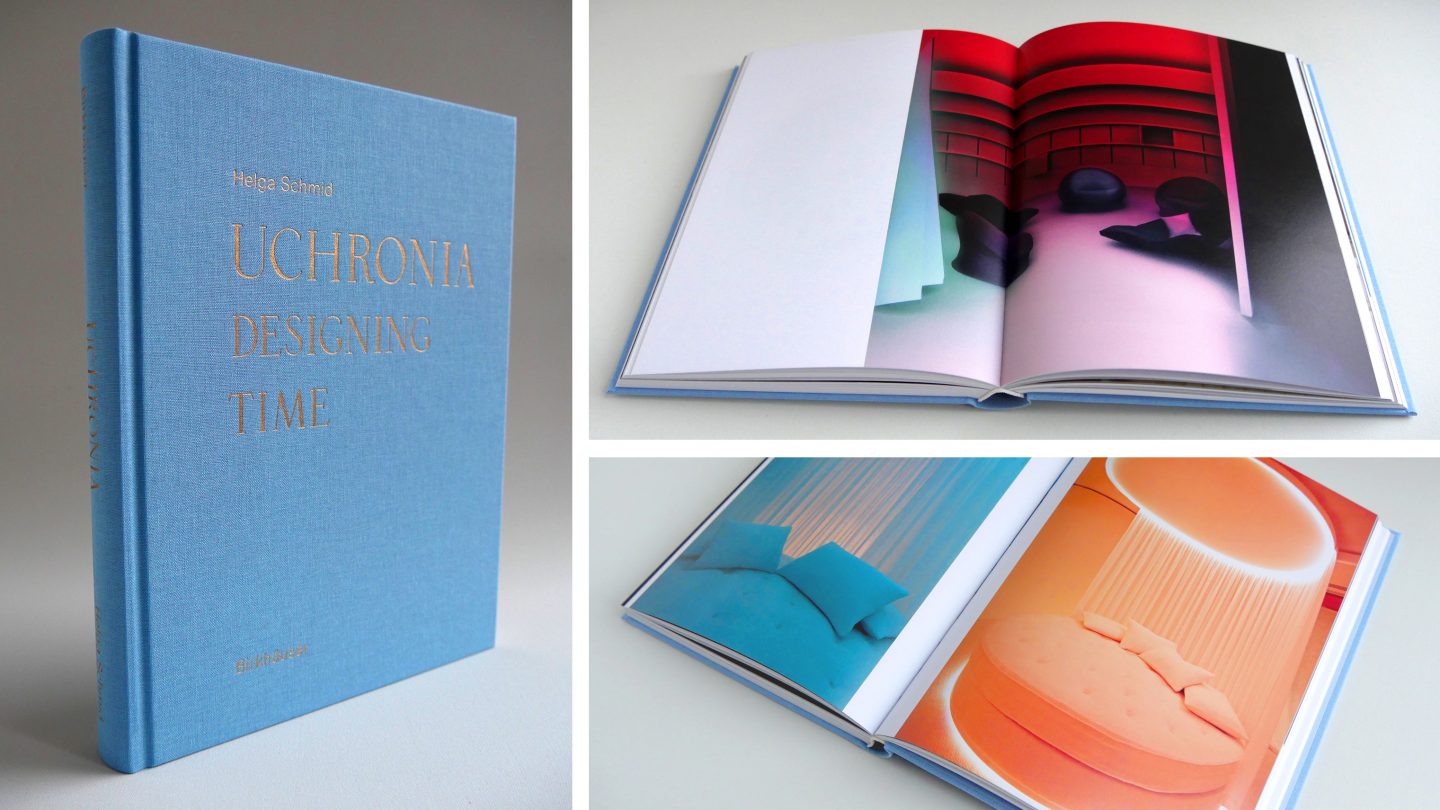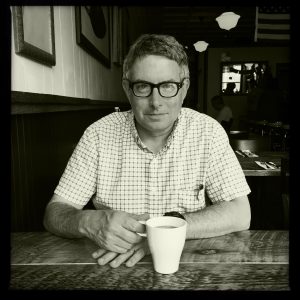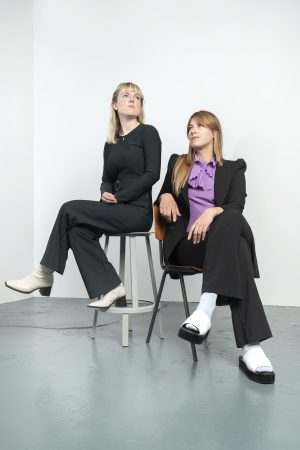

A Conversation with Helga Schmid
On clocktime and circadian rhythms.
In her research, German-native Helga Schmid explores why we never feel like we have enough time and how we can approach time differently and from a more embodied perspective.
– Elien Haentjens in conversation with Helga Schmid
“We need to approach time from a more embodied perspective.”
Helga Schmid, who holds a doctorate from the Royal College of Art in London, is exploring our experience of time as part of the platform Uchronia (referring to a temporal utopia). “Many people feel that our relationship with time is in crisis. Technological developments are fragmenting our sense of time, which makes some of us feel like we’re always one step behind, and leads others to a burnout. Yet we rarely question our temporal system, which is rooted in our former agricultural society, despite there being no real need to work during fixed hours or from 9 to 5 in our current knowledge economy. Everyone could design their time how they see fit, taking into account any work deadlines, of course,” explains Schmid.
As an alternative to living according to clock-time, Schmid proposes gaining a better understanding of the concept of time. “We need to become more aware of our bodies and start prioritising our well-being over organising our lives based on productivity alone. As a freelancer, there’s no reason you couldn’t wake up at 11 if that feels right for your body. The problem is, this isn’t considered socially acceptable. Our social standards, which are rooted in the cultural system in which we are raised, have been ingrained in us like a kind of sixth sense since early childhood. This makes them extremely hard to change.”
Space determines time
In her installation Circadian Dreams, Schmid invites visitors to relax in a room with a large bed as they are immersed in different circadian phases through light, colour and sound. The different phases our bodies go through every day are represented by the colour of the light and the accompanying soundtrack. The sound was composed by the artist Piotr Ceglarek, who also programmed the lights in collaboration with Schmid.
“The installation explores the nature of temporality in relation to the daily rhythms of the human body. This circadian rhythm is partly determined by daylight and the seven phases our bodies experience daily. This helps me determine how our physical needs can be used to dictate spatial design. What would a space look like if it were designed based on how and when you experience it? Our concentration, for example, improves when the sun rises, which makes sunrise the perfect time to work,” explains Schmid.
Workshops to ‘unlearn’ time
“I created several workshops with Z33 students in which we ask participants to step out of clock-time and live without clocks for two days. This allows them to be guided by their own ‘time-givers’, such as hunger, light, dark, rest and relaxation versus activity. The participants are asked to test and develop their own rhythm for 48 hours by creating their own time-giver or time indication. Some use books or music, while others create a colour system or let their own bodies or external impulses guide them. Using a combination of design, chronobiology, and chronosociology, I’m exploring a new politics of time in which we must first unlearn clock-time and then find new ways to understand and experience time. Within this chronodesign, space – tailored to our physical needs – functions like a clock.”
Schmid’s work has taken on a new urgency with the pandemic. “Suddenly we have all been locked in our homes and many of us are able to set our own schedules, to some degree. This has provided a great opportunity to run a mass online experiment, and I have recruited participants to live by their own time-givers, like the Z33 students. It is early, but the results look promising. Quarantines across the globe have prompted people to question lots of things we have taken for granted—including our outdated time systems. As we move out of lockdown, now is the time for uchronia!”












